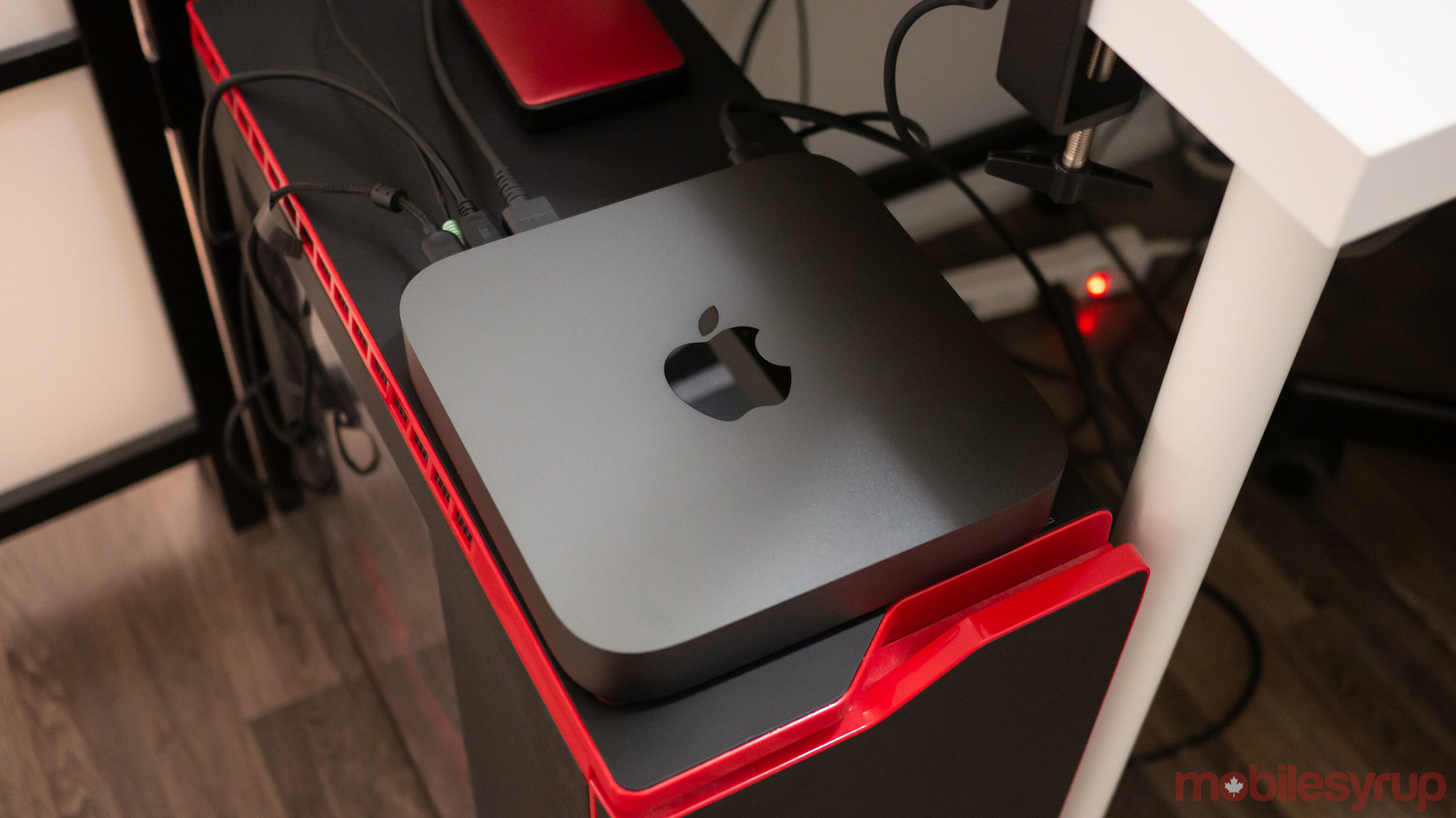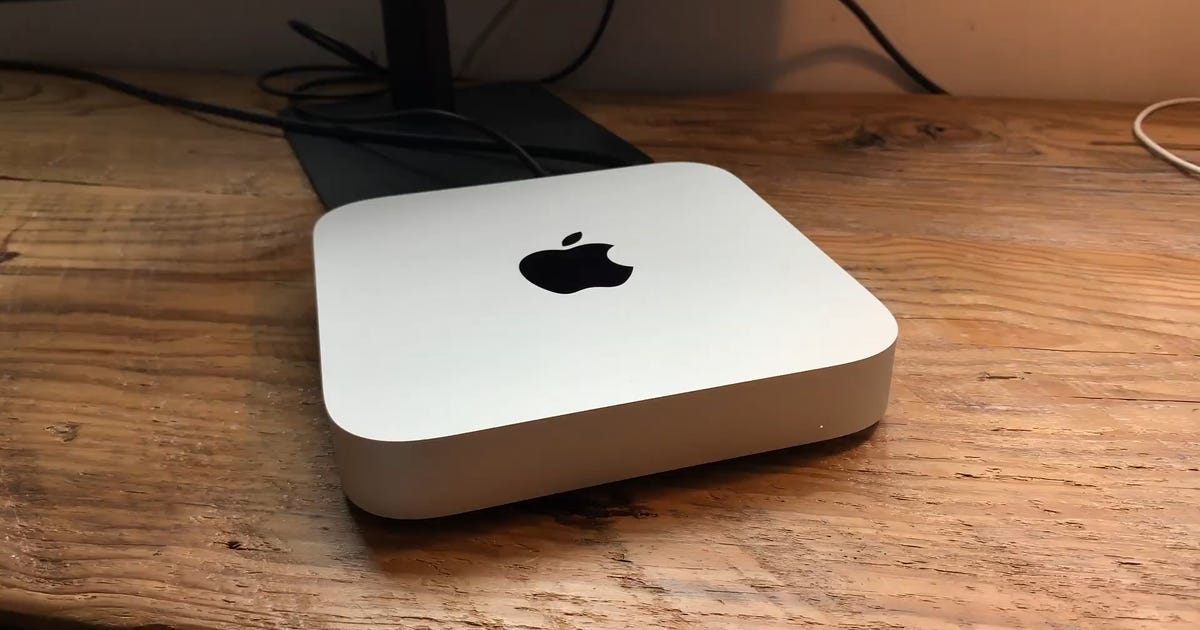

Even with a reduction in idle power usage (which I’ll touch on in a moment), the 2012 Mac mini was already one of the most efficient desktop computers on the market. In fact, Apple has made great strides in terms of battery life on the company’s MacBook line, with new models occasionally slower than their predecessors over the years.īut the Mac mini is a desktop, and power consumption is nowhere near the same level of importance compared to a portable device. Of course, there are occasions when a reduction in performance from one model to the next is not necessarily a bad thing, and the trade-off between performance and battery life is a perfect example.
LAST UPGRADEABLE MAC MINI UPGRADE
Want the maximum 16GB of RAM for your new Mac? That’ll be $300 extra at checkout, with no option to find a cheaper third party alternative, or upgrade down the road if memory prices decrease. It was soon revealed that Apple was using soldered RAM in the new Mac minis, an unfortunate development that meant that customers would no longer be able to upgrade their memory after purchase.
LAST UPGRADEABLE MAC MINI UPDATE
Apple also cut the entry level price by $100 to boot, bringing the system back to its original, psychologically significant $499 price point.īut it didn’t take long for even this arguably consolation prize-style update to begin to unravel. Finally. Sure, the new model sported the same form factor as its predecessor, and there was seemingly nothing radical to justify Apple’s delay in updating the product, but at least the Mac mini could finally get the “new” features that have been available on other Macs for over a year, such as PCIe-based flash storage, Haswell processors, and 802.11ac Wi-Fi.

Mac mini fans waited a heck of a long time for an update and, upon witnessing Apple’s unveiling of the 2014 Mac mini during October’s iPad event, issued a collective sigh of relief.

The New Mac mini is Quickly Turning into a Disaster


 0 kommentar(er)
0 kommentar(er)
